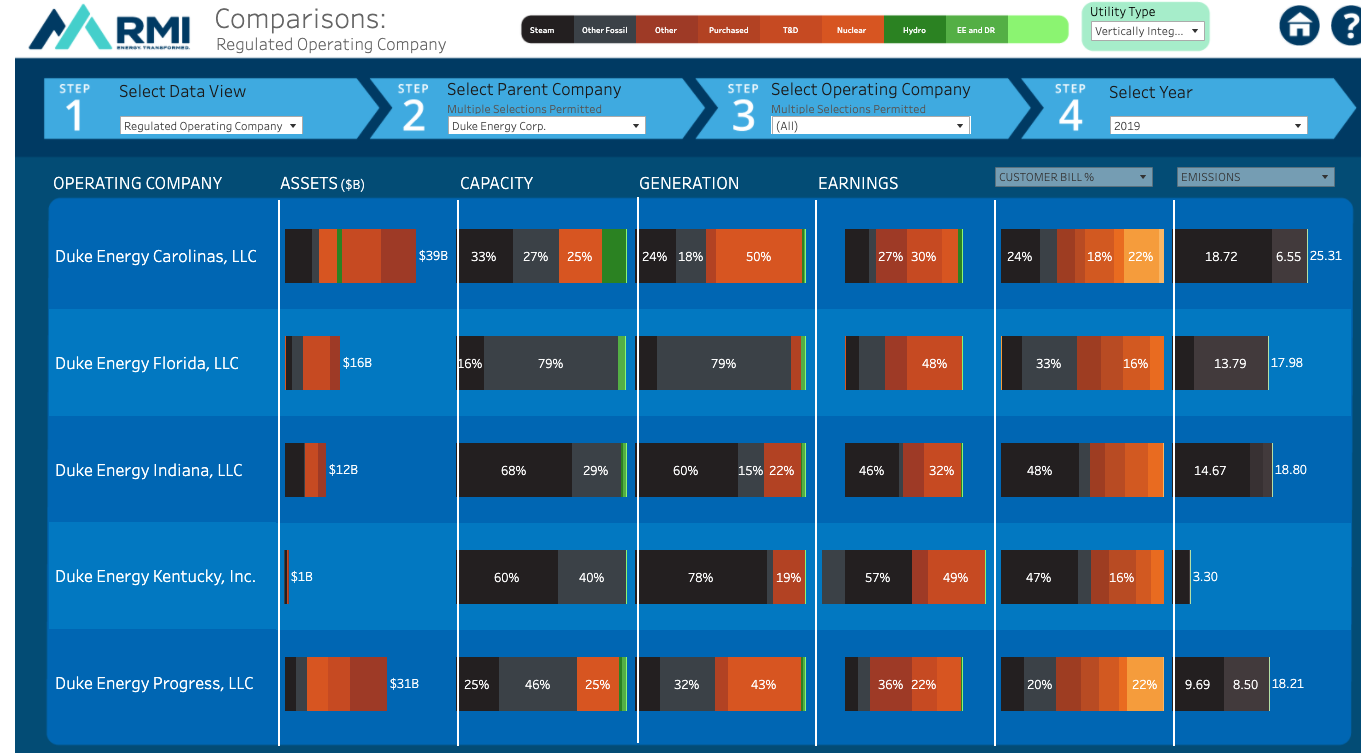At Catalyst we’re always eager to see how our users deploy Public Utility Data Liberation (PUDL) data IRL. By “in real life” we mean in the worlds of public policy, energy system modeling, and clean energy advocacy. So we couldn’t be more excited to help introduce the energy data world to the Open Grid Emissions Initiative. Open Grid Emissions builds on top of PUDL to provide the most comprehensive, accurate, and granular public dataset of US electric greenhouse gas emissions.
This Singularity Energy initiative uses open source, well-documented, and validated methodologies to deliver hourly emissions estimates. These granular estimates can be used to improve GHG accounting, policymaking, energy attribute certificate markets, and academic research. The initiative grew out of an earlier research project proposed by UC Davis researcher Greg Miller and data scientists at Catalyst Cooperative that won the U.S. EPA’s EmPOWER Air Data Challenge. As an open-source research initiative, it will always be free and open.
The Open Grid Emissions Initiative uses the U.S. EPA’s eGRID annual emissions methodology as its foundation. The Initiative then integrates innovations from existing peer-reviewed research (such as these open-source tools from Stanford researchers) and novel methods improve data resolution and refine emission calculations. In particular, Open Grid Emissions fills gaps in the hourly continuous emissions monitoring (CEMS) data reported to EPA’s Clean Air Markets Division by assigning hourly profiles to small facilities that only provide month-level data to the EIA.
Linking the CEMS data to monthly EIA data also allows for estimates of emissions from individual generators within a larger facility. This can be particularly helpful for multi-fuel facilities with vastly different emissions profiles. Open Grid Emissions also applies the EPA’s eGRID methodologies for cleaning and processing annually-aggregated CEMS data to hourly data. which allows for the imputation of missing or incomplete data. Taken together, these innovations result in the most complete and granular inventory of power sector emissions available for the US facilities.
For more information on the Open Grid Emissions Initiative, check out this write up in Canary Media.
